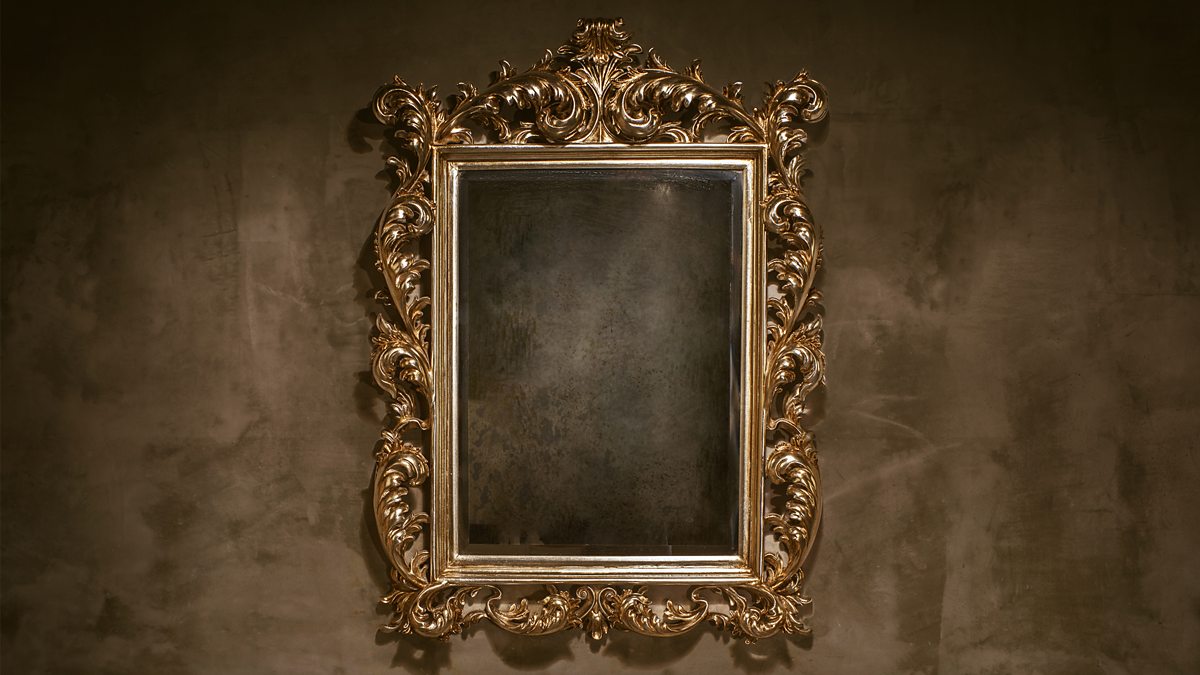

Articles
What Are Old Mirrors Made Of
Modified: October 20, 2024
Discover the fascinating world of old mirrors and their composition. Explore articles on the materials used to create these reflective surfaces and gain insight into their history and craftsmanship.
(Many of the links in this article redirect to a specific reviewed product. Your purchase of these products through affiliate links helps to generate commission for Storables.com, at no extra cost. Learn more)
Introduction
Welcome to the fascinating world of old mirrors. These timeless pieces not only serve a practical purpose but also provide a glimpse into the craftsmanship and artistry of bygone eras. In this article, we will explore the historical background of old mirrors, how they were made in ancient times, the materials used, and the significant developments that have shaped them over the centuries.
Mirrors have been an essential part of human civilization for thousands of years. Dating back to ancient times, their creation and use have evolved significantly. From polished metal surfaces to the introduction of glass, mirrors have undergone remarkable transformations. Understanding the materials used in old mirrors and their intricate designs provides a deeper appreciation for these extraordinary objects.
In ancient times, mirrors were made by hand using various materials found in nature. The reflective surfaces were crafted with skill and precision, resulting in a functional yet visually appealing object. Let’s delve into the historical background and explore the intriguing journey of mirror making through different civilizations.
Key Takeaways:
- Old mirrors have a rich history, from ancient polished stones and metals to the revolutionary introduction of glass mirrors during the Renaissance. They showcase the craftsmanship, design trends, and cultural influences of their time.
- Reflective coatings and backings, such as silvering and tin plating, have played a crucial role in the evolution of mirrors, improving the quality of reflection and durability. Proper maintenance and care are essential to preserve the beauty and integrity of old mirrors.
Read more: What To Do With An Old Dresser Mirror
Historical Background
The origins of mirrors trace back to ancient civilizations, where they were valued for their mystical and practical uses. The earliest known mirrors were made of polished stones and metals like obsidian, copper, and bronze. These early mirrors were not only used for self-admiration but also played a significant role in religious rituals and supernatural beliefs.
In ancient Egypt, mirrors were associated with the afterlife and were often included in burial rituals. They believed that mirrors could reflect the soul and guide it to the other world. The ancient Egyptians used polished copper and bronze to create mirrors, carefully crafting them into reflective surfaces.
In ancient Rome, mirrors were a symbol of wealth and status, and they were often made of highly polished silver or bronze. These mirrors were not just functional objects but also played a decorative role in the aristocratic households of the time.
During the Middle Ages, mirrors became a luxury item primarily owned by the nobility and the Church. They were made using polished glass or precious metals and adorned with intricate designs and patterns. The artistry and craftsmanship of these mirrors were highly valued, and they often served as ornate decorations in palaces and cathedrals.
The production of mirrors took a significant leap forward with the advent of the Renaissance era. Italian glassmakers revolutionized mirror making by introducing the technique of covering the back of a glass surface with a mixture of tin and mercury, creating a highly reflective surface. This innovation led to the development of the modern-day glass mirror that we are familiar with.
How Mirrors Were Made in Ancient Times
In ancient times, mirror making was a highly skilled and intricate process. Craftsmen utilized various methods and materials to create reflective surfaces that were both functional and visually pleasing.
One of the earliest methods of making mirrors involved the use of polished stones. These stones, such as obsidian or hematite, were carefully shaped and ground until they had a smooth and reflective surface. While not as clear or precise as modern mirrors, these polished stone mirrors provided a sufficient reflection for everyday use.
Metal mirrors were also prevalent in ancient times, especially in civilizations such as Egypt and Rome. Copper and bronze were commonly used metals due to their malleability and reflective properties. Craftsmen would hammer and polish the metal to create a smooth and reflective surface. These metal mirrors often featured handles or decorative embellishments, making them both functional and aesthetically pleasing.
Another ancient method of mirror making involved the use of polished metal discs. Craftsmen would create a concave shape by heating the metal and then polish it until it achieved a reflective surface. These concave mirrors were known for their ability to magnify images, making them particularly useful for medical purposes and as beauty aids.
During the Middle Ages and Renaissance, the craftsmanship of mirror making advanced even further. Glassmakers began experimenting with creating mirrors using glass materials. Pieces of glass were blown into a bubble, then flattened and polished to achieve a reflective surface. These glass mirrors were often backed with metal coatings to enhance their reflectivity.
It is important to note that mirror making techniques varied greatly between civilizations and time periods. The methods used were influenced by the available resources, technological advancements, and cultural preferences of the era.
Materials Used in Old Mirrors
The materials used in old mirrors varied depending on the time period and civilization. Throughout history, craftsmen utilized a range of natural resources and metals to create reflective surfaces that served both functional and aesthetic purposes.
In ancient times, materials such as polished stones and metals were commonly used. Obsidian, hematite, and other smooth stones were shaped and ground to create rudimentary mirrors. These mirrors were limited in their clarity and reflection but were suitable for basic tasks.
Metal mirrors were also prevalent in various ancient civilizations. Copper and bronze were commonly used due to their reflective properties and malleability. Craftsmen would hammer and polish these metals to achieve a smooth and reflective surface. These metal mirrors were often adorned with handles or decorative patterns, making them visually appealing as well.
With the advent of the Renaissance era, the focus shifted towards using glass materials in mirror making. Glass mirrors offered a clearer and more accurate reflection. A technique known as silvering was developed, where a thin layer of metallic silver was applied to the back of the glass to create the reflective surface.
Over time, advancements in mirror technology led to the use of other metals for backing, such as tin and mercury. These metals provided an even more reflective and long-lasting surface. However, the use of mercury in mirror making declined due to its toxic nature.
Aside from the reflective surface, old mirrors often featured elaborate frames made from a variety of materials. Wood, metal, and decorative elements like engravings, carvings, or gemstones were used to enhance the aesthetics of the mirrors. These frames not only served a decorative purpose but also provided protection and support for the mirror.
It is important to note that the availability of materials and the technological advancements of each era influenced the choice of materials for old mirrors. The craftsmanship and creativity of mirror makers played a significant role in utilizing these materials to create functional and visually appealing objects.
Glass Mirrors: A Significant Development
One of the most significant developments in the history of mirrors was the introduction of glass mirrors. Glass mirrors revolutionized mirror making by providing a clearer and more accurate reflection compared to previous materials.
The use of glass in mirror making gained prominence during the Renaissance era. Italian glassmakers were instrumental in the development of glass mirrors, utilizing their expertise to create innovative techniques that would transform the mirror-making industry.
One of the groundbreaking techniques introduced during this time was the process known as silvering. Silvering involves applying a thin layer of metallic silver to the back of a glass surface to create a reflective coating. This technique significantly improved the quality of the reflection, making glass mirrors the preferred choice for households and establishments.
The silvered glass mirrors produced during the Renaissance era were highly prized possessions. They were sought after not only for their functionality but also for their aesthetic appeal. The mirrors were often framed with elaborate designs made of wood, metal, or ornamental materials, further enhancing their appearance.
The invention of glass mirrors expanded their usage beyond mere practicality. They became symbols of wealth and status, adorning the homes of the elite and serving as decorative elements in palaces and grand estates. The clarity and brilliance of glass mirrors added an air of sophistication to any space they occupied.
With the refinement of the silvering technique, glass mirrors continued to evolve. During the 19th century, advancements in technology led to the utilization of other metals, such as tin and mercury, for the reflective backing. These metals provided an even more reflective surface and improved the longevity of the mirrors.
While glass mirrors have become commonplace in the modern world, their introduction and development were pivotal moments in the history of mirror making. They not only provided a superior reflection but also opened up possibilities for artistic expression through the incorporation of intricate designs and frames.
Today, glass mirrors remain an essential element of our everyday lives. They can be found in homes, businesses, and public spaces, serving both functional and decorative purposes. The legacy of glass mirrors as a significant development in the mirror-making industry continues to shape the way we see ourselves and the world around us.
Old mirrors are typically made of a glass sheet with a thin layer of silver or aluminum applied to the back surface, which creates the reflective surface. The glass may also have a protective coating to prevent tarnishing.
Read more: What To Do With Old Large Mirrors
Common Elements Found in Old Mirrors
Old mirrors, crafted with careful attention to detail and aesthetics, often featured various elements that enhanced their beauty and functionality. These elements not only added visual interest but also showcased the craftsmanship and creativity of mirror makers throughout history.
One common element found in old mirrors is the intricate frame. Mirrors were often surrounded by elaborate frames made from a variety of materials. Wood frames were common, with artisans utilizing different types of wood, such as oak, mahogany, or walnut, to create ornate designs. These frames were carved, engraved, or adorned with decorative features, including scrollwork, flowers, or geometric patterns. Metal frames, such as those made from brass or bronze, were also popular, providing a more luxurious and metallic look.
The frames of old mirrors not only served a decorative purpose but also provided protection and support for the reflective surface. They encapsulated the mirror, preventing it from getting damaged and adding to its overall durability.
Another common element found in old mirrors is the inclusion of decorative motifs or engravings. Carved or etched designs added a touch of artistry and uniqueness to the mirrors. These intricate patterns could feature a variety of themes, such as floral motifs, mythological scenes, or geometric shapes. Mirror makers would often showcase their skills by creating detailed and intricate designs that would captivate the viewer’s attention.
Gemstones or other embellishments were sometimes incorporated into old mirrors to enhance their elegance and opulence. Small gemstones, such as pearls or semi-precious stones, could be embedded into the frame or used as accents within the decorative elements. These embellishments added a touch of luxury and sparkle to the mirror, making it a truly stunning piece.
Mirrors from different time periods and regions may also feature specific cultural or stylistic elements. For example, mirrors from the Art Nouveau period may have flowing lines and organic forms, while those from the Baroque era may exhibit ornate and extravagant details. These unique elements reflect the artistic movements of the time and provide insights into the social and cultural context in which the mirrors were created.
Overall, the common elements found in old mirrors, including intricate frames, decorative motifs, and embellishments, contribute to their overall beauty and charm. These elements showcase the creativity and craftsmanship of mirror makers throughout history and make each mirror a unique and cherished piece of art.
Reflective Coatings and Backings
Reflective coatings and backings play a crucial role in the functionality and performance of old mirrors. These elements contribute to the creation of a clear and accurate reflection, making mirrors an indispensable tool for self-reflection and observation.
One of the most significant developments in mirror making was the introduction of reflective coatings on the back of the glass surface. In ancient times, mirrors were primarily made using polished metals or stones, which provided a reflective surface. However, with the advent of glass mirrors during the Renaissance era, new techniques emerged to enhance the reflectivity of the glass surface.
The earliest technique used a thin layer of metallic silver applied to the back of the glass to create a reflective coating. This method, known as silvering, revolutionized mirror making and improved the quality of the reflection. The silver coating evenly reflected light, resulting in a clear and accurate image.
As mirror-making techniques advanced, other metals like tin and mercury were also used as reflective backings. The silvering process evolved to include these metals, which provided an even more reflective and long-lasting surface. Tin and mercury were applied in thin layers to the back of the glass, enhancing the reflective properties of the mirror.
While the use of mercury in mirror making declined due to its toxic nature, the technique of applying a tin backing persisted. This backing method, known as tin plating, involved the deposition of a thin layer of tin on the glass surface to achieve reflectivity. Tin-backed mirrors became popular during the 18th and 19th centuries, known for their clarity and durability.
In recent times, advancements in technology have led to the development of aluminum and silver coatings for mirrors. These modern coatings offer enhanced reflectivity, durability, and resistance to tarnishing. Aluminum-backed mirrors have become the standard in the industry due to their affordability and efficiency in providing a high-quality reflection.
Overall, reflective coatings and backings have played a significant role in the evolution of mirrors. From the introduction of silvered glass mirrors to the utilization of tin, mercury, and aluminum, mirror makers have continually sought to improve the reflectivity and longevity of their creations. These advancements have contributed to the clear and accurate reflections that we enjoy in mirrors today.
Decorative Features in Old Mirrors
Old mirrors were not only functional but also exquisite works of art. They were often adorned with decorative features that showcased the creativity and craftsmanship of mirror makers. These decorative elements added a touch of elegance and beauty to the mirrors, making them cherished pieces in homes and establishments.
One of the most prominent decorative features in old mirrors is the intricate framing. Mirror frames were crafted with attention to detail, using various materials such as wood, metal, or a combination of both. Wood frames were commonly used, with artisans carving, engraving, or molding intricate patterns and designs onto the frame. Depending on the style and time period, frames could feature delicate floral motifs, intricate scrollwork, or geometric patterns.
Metal frames, such as those made of brass or bronze, were also popular in old mirrors. These frames often featured intricate engravings, filigree work, or embossed patterns, adding a touch of luxury and opulence. Metal frames were especially favored during the Art Nouveau and Art Deco periods, known for their sleek and ornate designs.
Another decorative feature found in old mirrors is the inclusion of ornamental elements. These could be in the form of small carvings, appliques, or decorative accents added to the frame or the border of the mirror. These elements ranged from floral motifs, leaves, and acanthus scrolls to figurative sculptures and mythical creatures.
Gemstones were also used to embellish and enhance the beauty of old mirrors. These small gems, such as pearls, amethysts, or garnets, could be embedded into the frame or used as accents within the decorative elements. The addition of gemstones added a luxurious and glamorous touch to the mirror.
Engravings and etchings were commonly found in old mirrors, especially those from the Victorian era. These delicate patterns and designs were carefully etched onto the surface of the mirror using specialized tools. They could range from intricate floral motifs to detailed scenes or abstract patterns.
The size and shape of old mirrors also played a role in their decorative appeal. Oval or round mirrors were often associated with historical periods such as the Rococo or Victorian era, while rectangular or square mirrors reflected a more minimalist and modern aesthetic.
Overall, the decorative features in old mirrors added a sense of artistry and elegance. They transformed the mirrors into focal points, enhancing the aesthetics of any space they adorned. These decorative elements not only showcased the skill of mirror makers but also reflected the artistic trends and cultural influences of the time.
Maintenance and Care of Old Mirrors
To ensure the longevity and preservation of old mirrors, proper maintenance and care are essential. With a few simple steps, you can keep these valuable and cherished pieces in excellent condition for years to come.
First and foremost, it’s important to handle old mirrors with care. When moving or cleaning them, always support the mirror from the sides or the bottom to avoid putting pressure on the glass surface. This can help prevent accidental damage or cracks.
Regular dusting is crucial to keep old mirrors clean. Use a soft, lint-free cloth or a microfiber cloth to gently wipe away the dust and debris. Avoid using rough or abrasive materials, as they can scratch the mirror’s surface. If needed, lightly dampen the cloth with water or a mild glass cleaner and wipe the mirror in gentle, circular motions.
When cleaning an old mirror, it’s important to avoid spraying any cleaning solutions directly onto the mirror. Instead, spray the solution onto the cloth and then wipe the mirror’s surface. This helps prevent the cleaner from seeping into the frame or damaging the reflective coating on the back of the mirror.
If you notice any spots or stains on the mirror, you can create a homemade cleaning solution using equal parts water and vinegar or a mild dish soap mixed with water. Apply the solution to a cloth and gently blot the affected area. Avoid scrubbing vigorously, as this can damage the reflective surface.
To prevent moisture damage, make sure to keep old mirrors away from areas with high humidity or excessive moisture. Moisture can cause the backing to deteriorate or lead to the formation of unsightly spots on the mirror’s surface.
Additionally, avoid exposing old mirrors to direct sunlight or extreme temperature fluctuations. Prolonged exposure to sunlight can cause fading or discoloration of the reflective coating. If possible, position the mirror away from windows or use curtains or blinds to partially shield it from harsh sunlight.
When storing or transporting old mirrors, wrap them in acid-free tissue paper or bubble wrap to provide cushioning and protection. Avoid storing them in damp areas or places where they may be subject to temperature fluctuations.
Maintaining the frames of old mirrors is equally important. Regularly inspect the frame for any signs of damage or deterioration, such as loose joints or cracks. If necessary, consult a professional for repairs or restoration to ensure the longevity of the mirror.
Lastly, consider consulting a professional conservator for the preservation and restoration of valuable or antique mirrors. These experts have the knowledge and expertise to handle delicate or fragile mirrors and can provide guidance on proper care and maintenance.
By following these maintenance and care tips, you can preserve the beauty and integrity of old mirrors, allowing them to be enjoyed for generations to come.
Read more: How To Restore Old Mirrors
Conclusion
Old mirrors hold a special place in our history and culture as objects of functionality, beauty, and craftsmanship. From the polished stone and metal mirrors of ancient times to the introduction of glass mirrors during the Renaissance, these reflective surfaces have undergone significant developments over the centuries.
Throughout history, mirror makers utilized various materials, including metals like copper, bronze, and silver, as well as glass, to create mirrors with clear and accurate reflections. They adorned these mirrors with intricate frames, decorative motifs, and embellishments, showcasing their skills and artistic expressions.
The introduction of glass mirrors and the development of reflective coatings and backings marked significant milestones in mirror making. These advancements improved the quality of reflection and durability of mirrors, making them central to our self-reflection and observation.
Maintenance and care are vital in preserving the beauty and integrity of old mirrors. Proper handling, regular dusting, and gentle cleaning are essential to keep these cherished pieces in pristine condition. Avoiding exposure to sunlight, extreme temperatures, and excessive moisture can help prolong their lifespan.
Old mirrors serve as more than just reflective surfaces – they are windows into our past, reflecting the craftsmanship, design trends, and cultural influences of their time. They bring elegance and charm to any space, whether it’s a historic mansion, an antique shop, or a beloved family heirloom.
As we appreciate and care for old mirrors, we honor the artistry and dedication of the mirror makers who crafted them. These mirrors continue to enchant us, allowing us to see our own reflections in a historical context and connecting us to the generations that came before us.
So, let us continue to appreciate and preserve the legacy of old mirrors, cherishing them as both functional objects and tangible pieces of art that enrich our lives and tell stories of the past.
Having explored the rich history and intricate make-up of old mirrors, why not turn your gaze toward modern aesthetics? Our next piece showcases 12 amazing decorative mirrors perfect for revitalizing any interior in 2024. Each mirror, carefully selected, reflects the latest trends and styles that could transform your space into a captivating visual experience. Whether you seek something classic or contemporary, you'll find inspiration in these beautifully crafted pieces.
Frequently Asked Questions about What Are Old Mirrors Made Of
Was this page helpful?
At Storables.com, we guarantee accurate and reliable information. Our content, validated by Expert Board Contributors, is crafted following stringent Editorial Policies. We're committed to providing you with well-researched, expert-backed insights for all your informational needs.
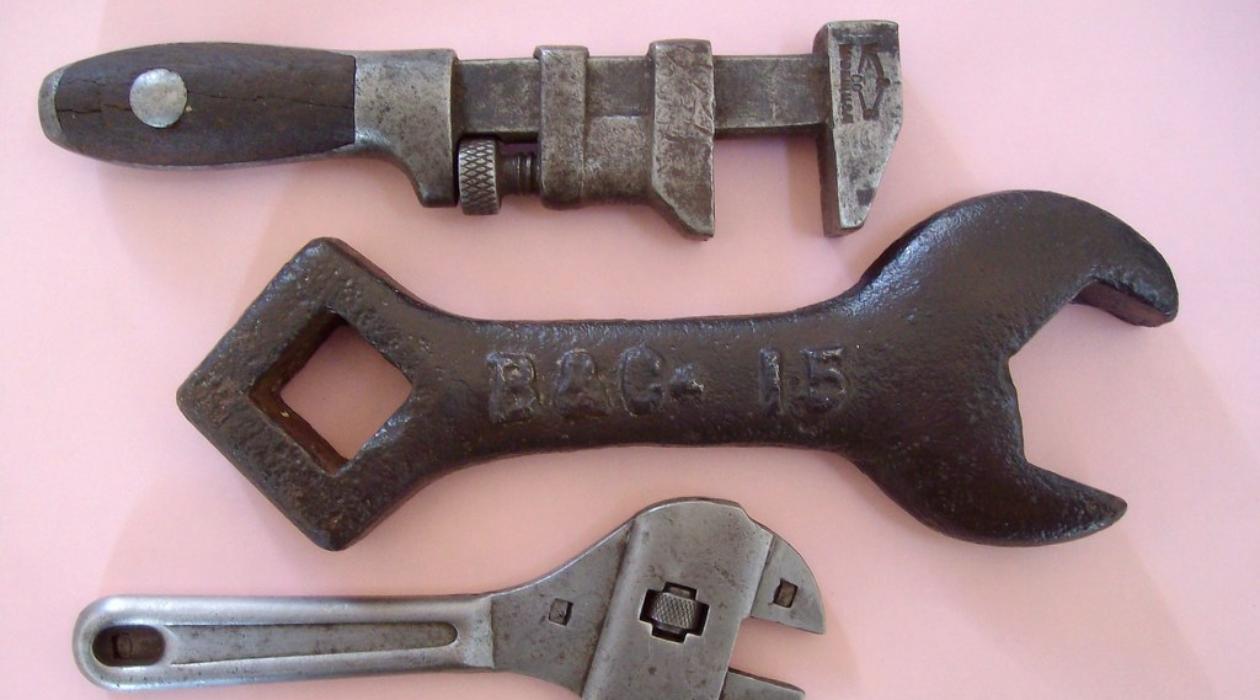
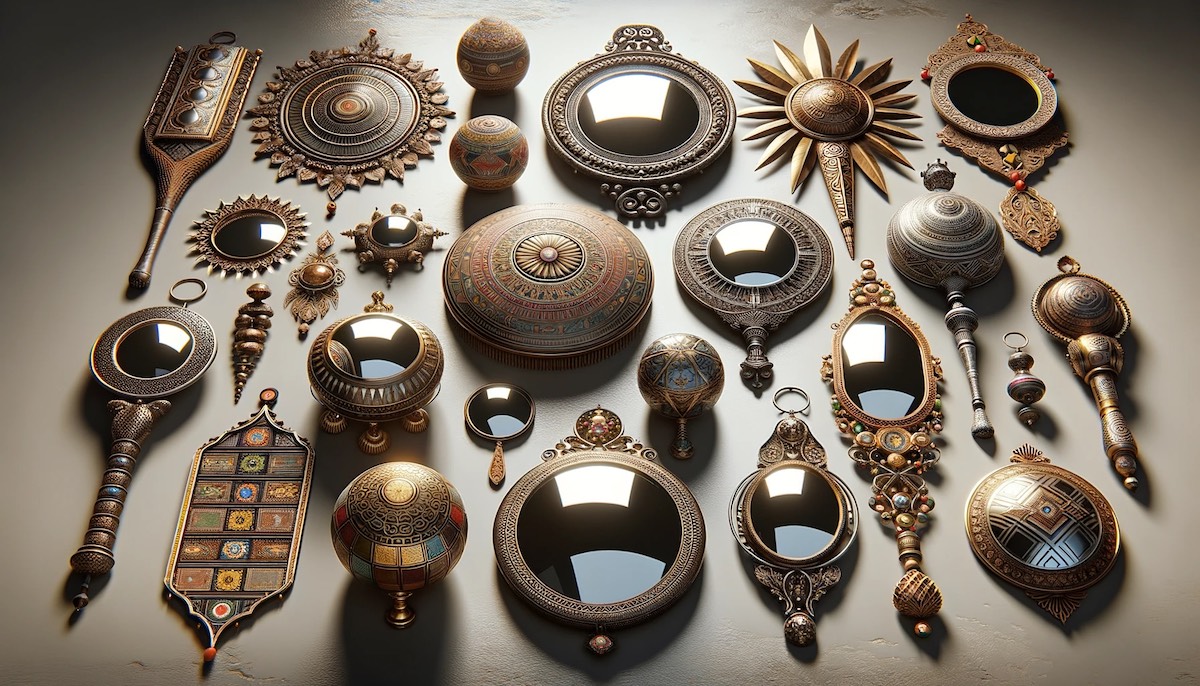
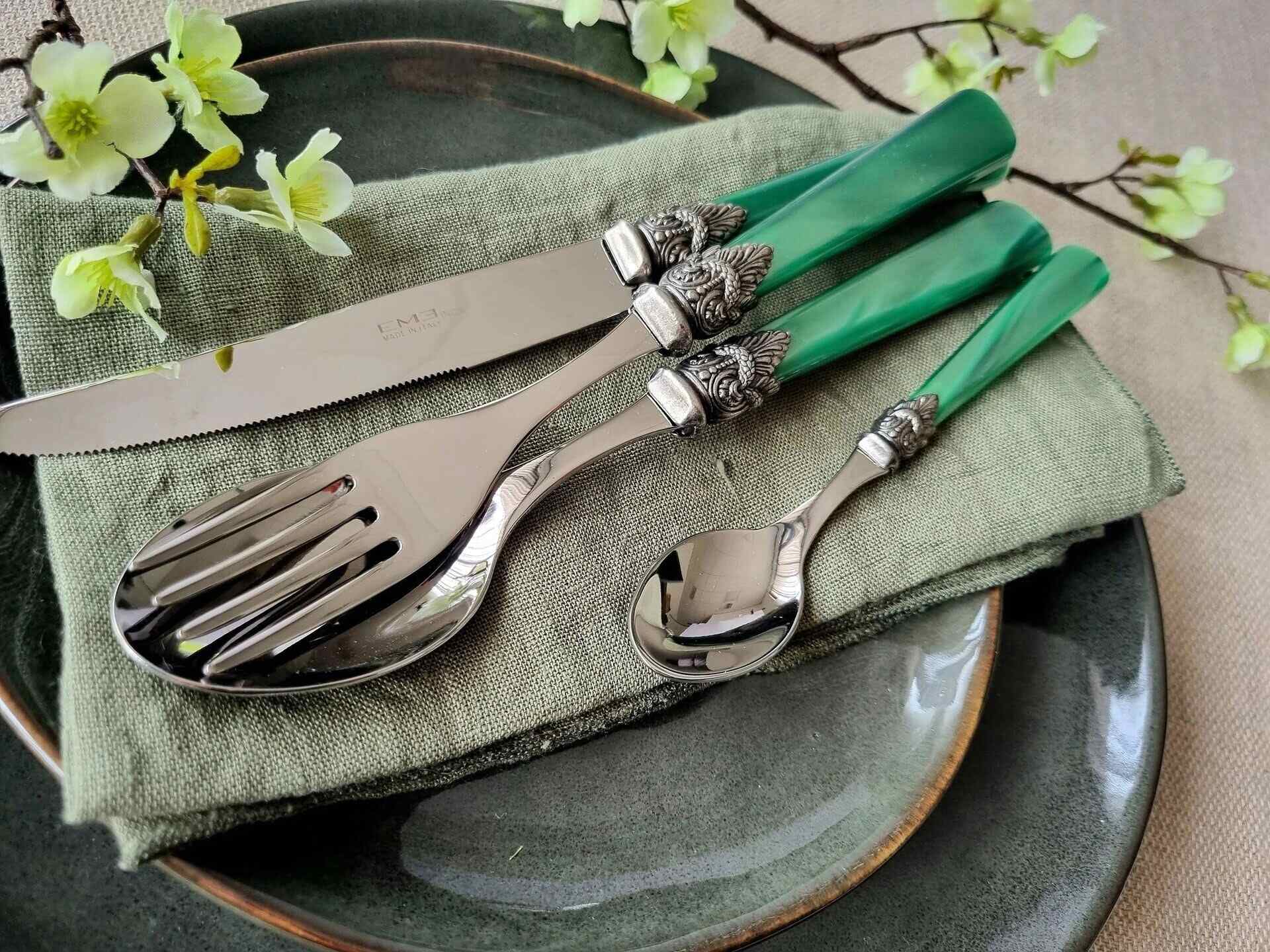
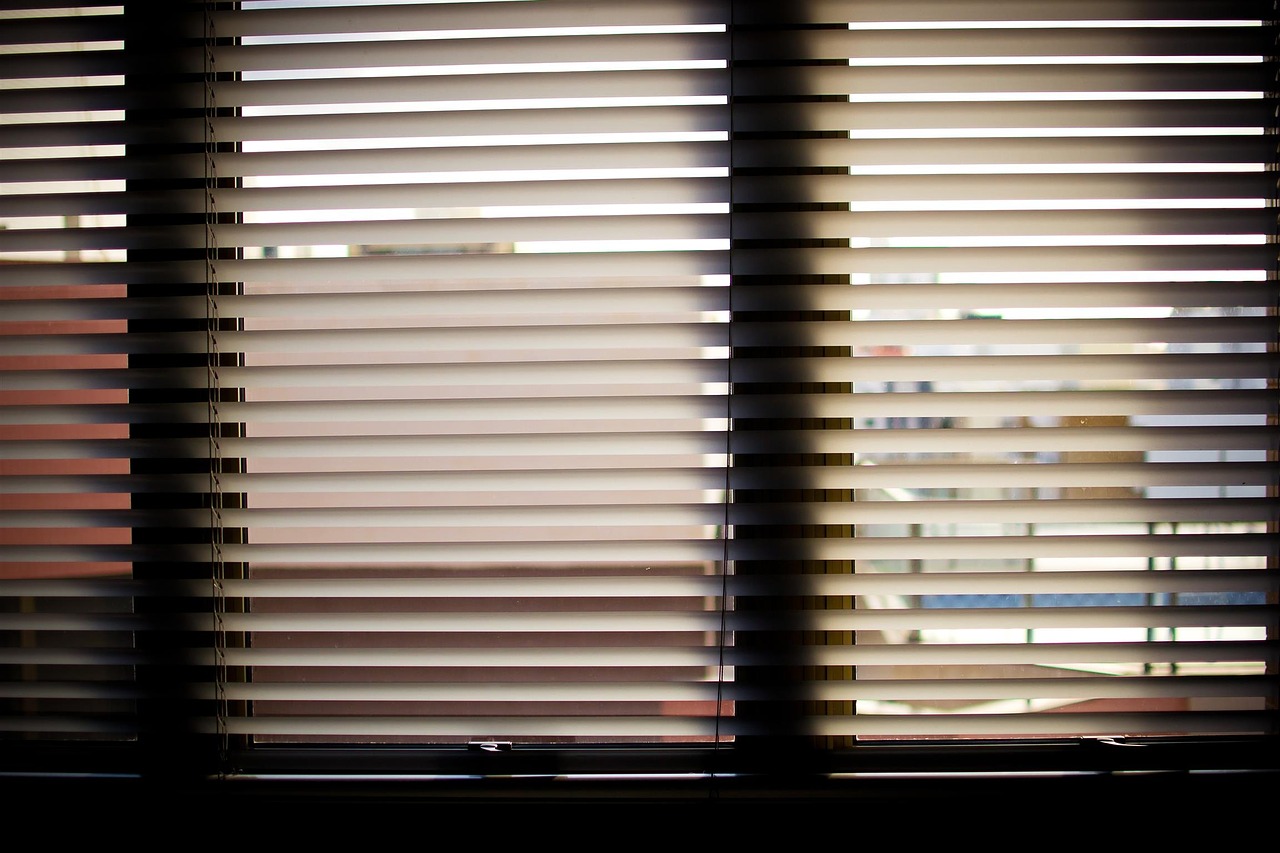
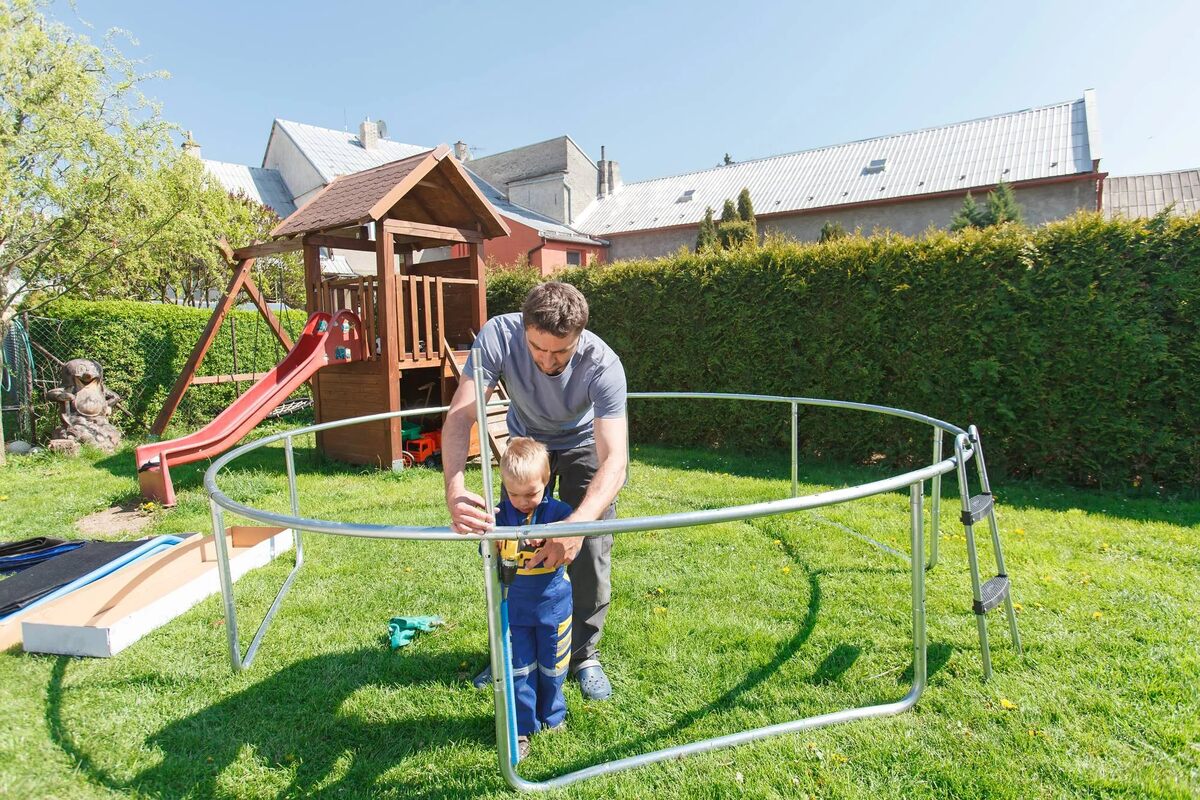
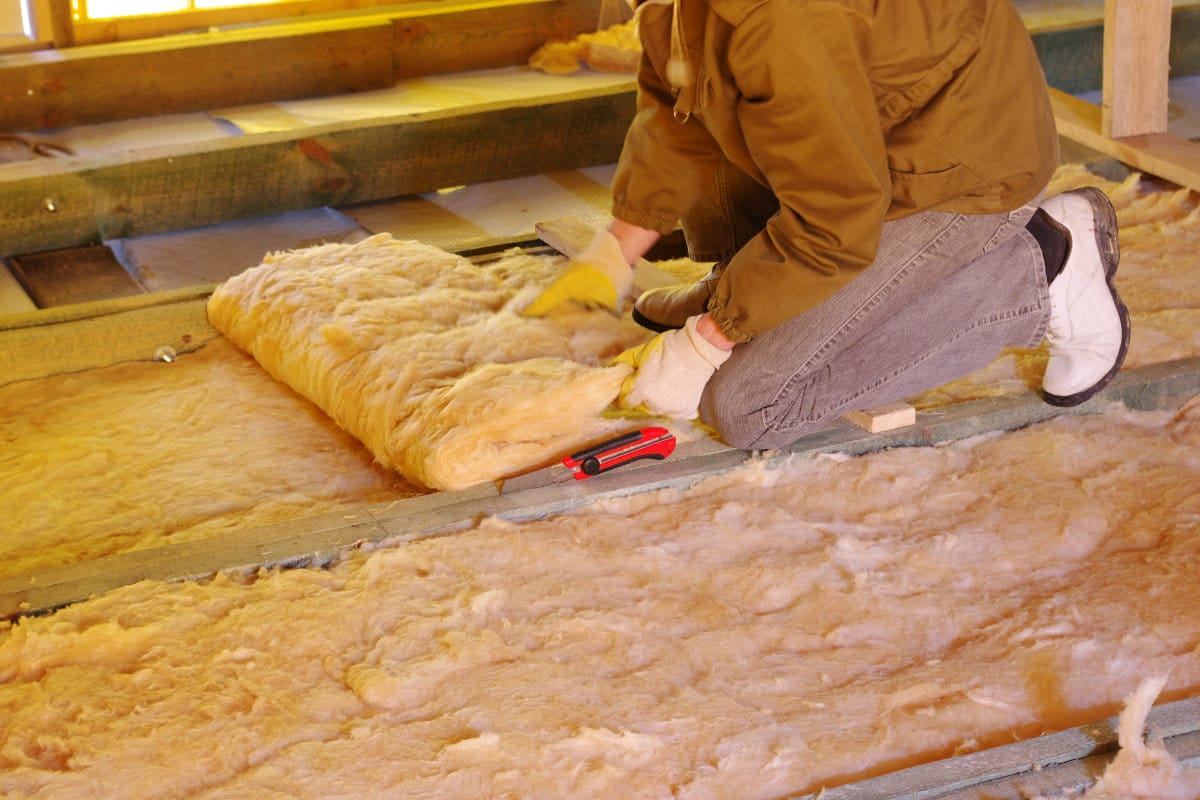
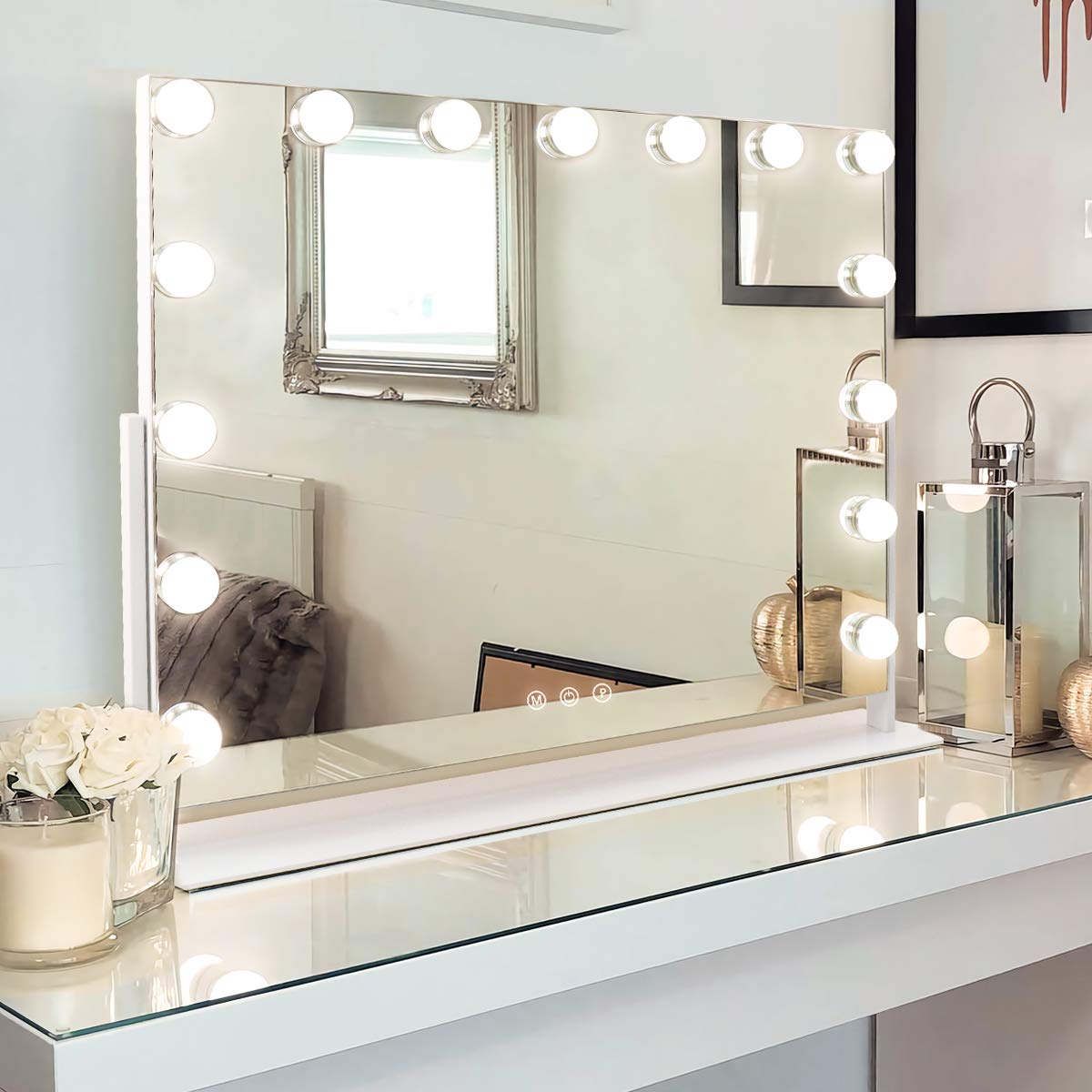
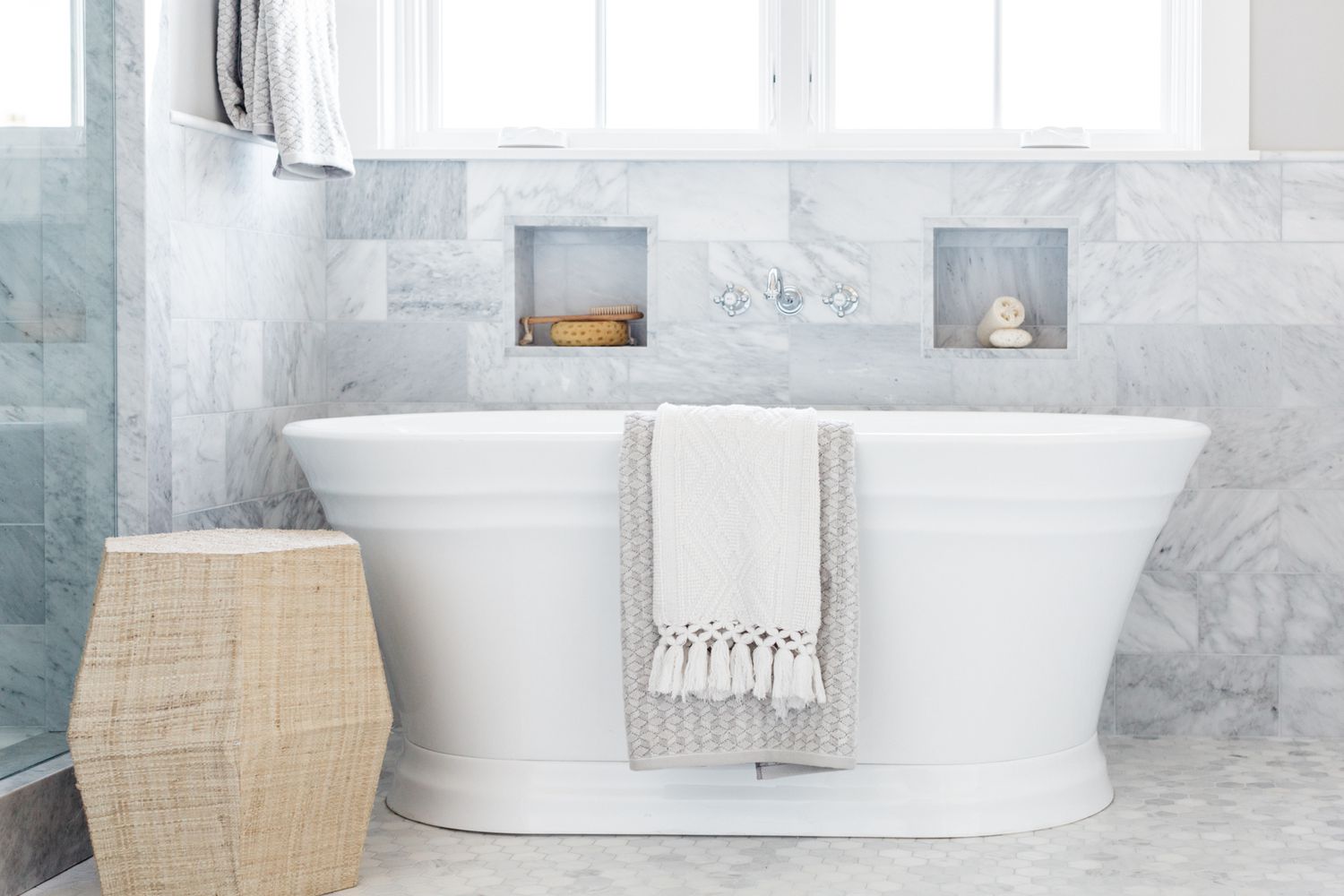
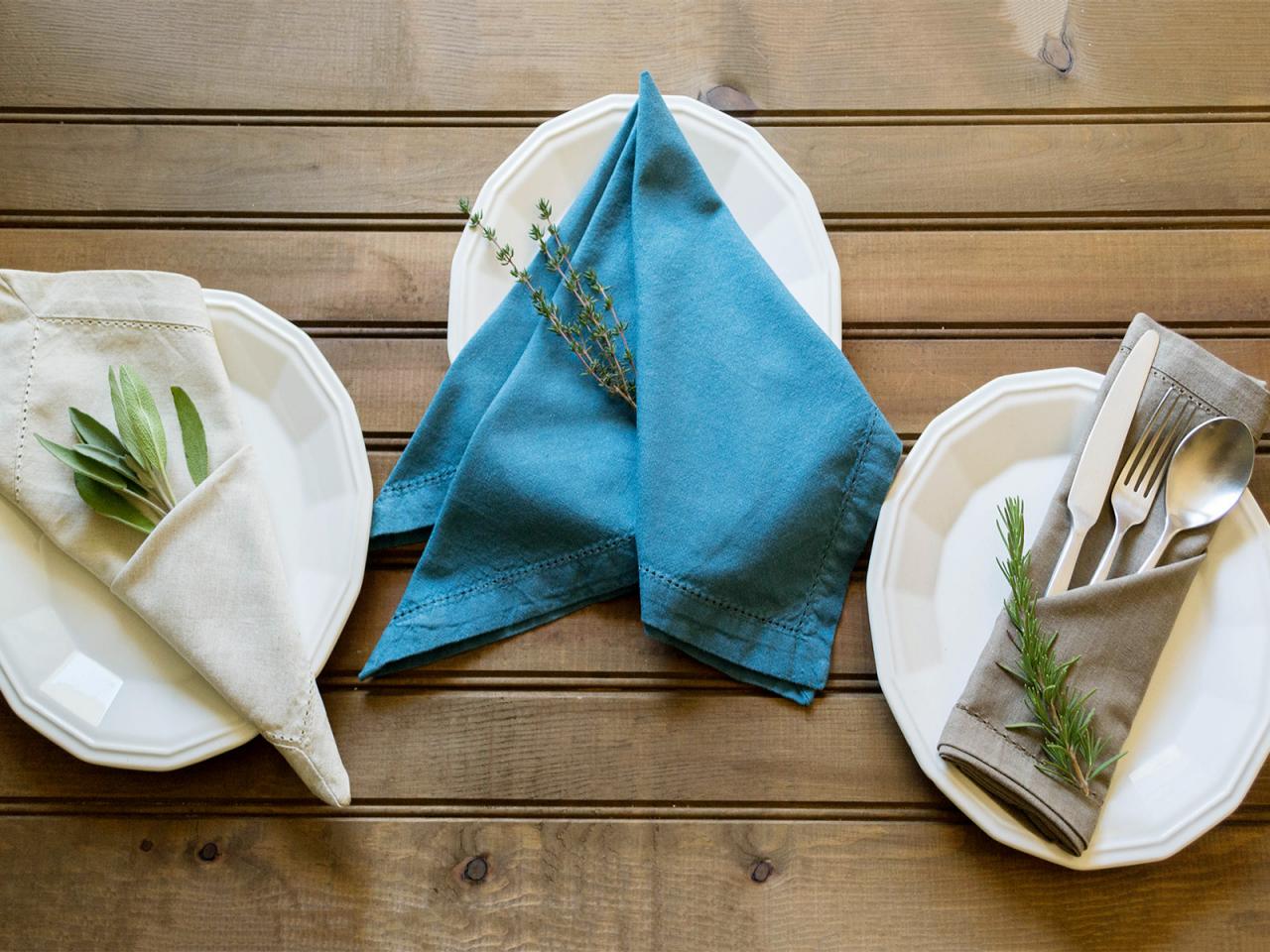
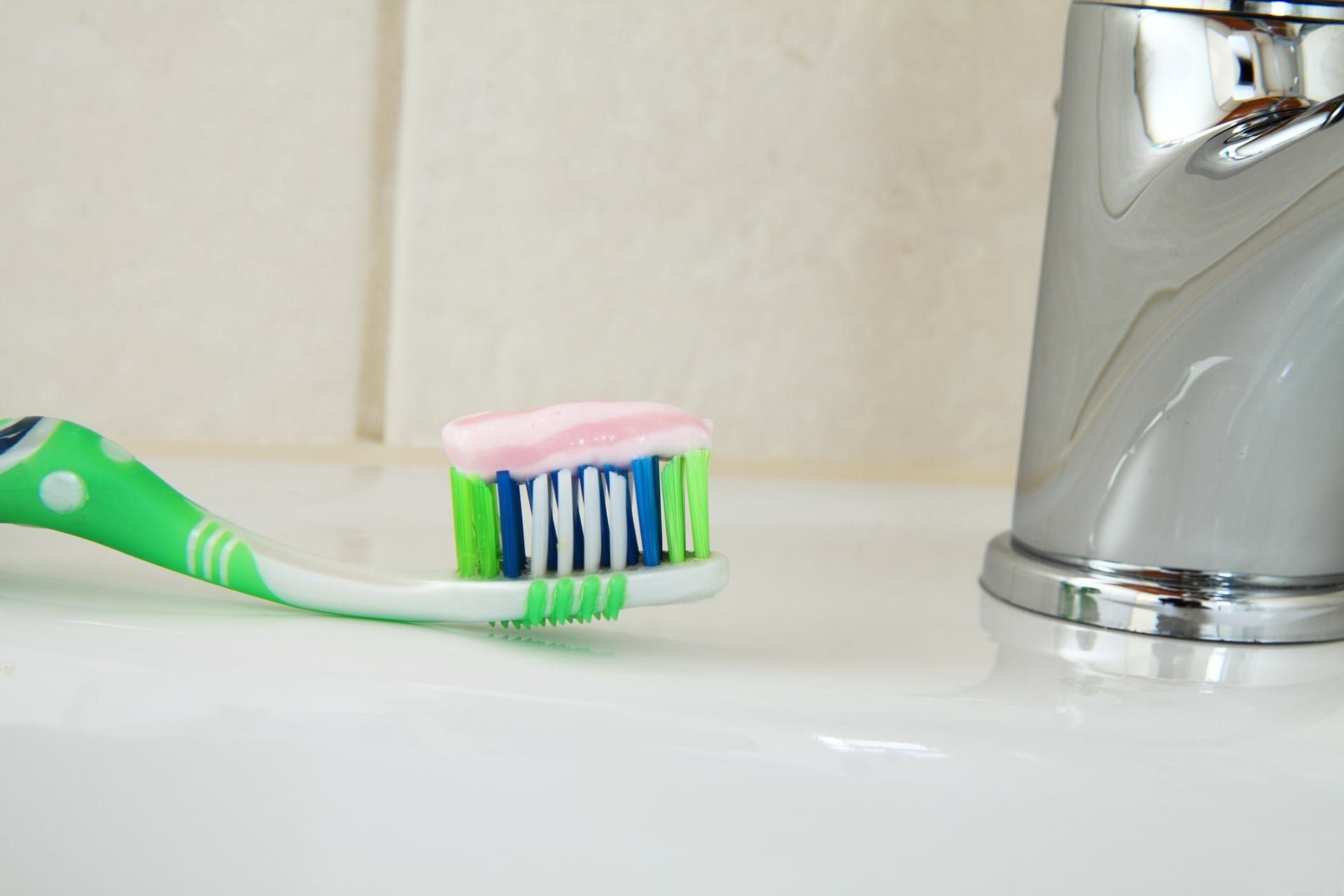
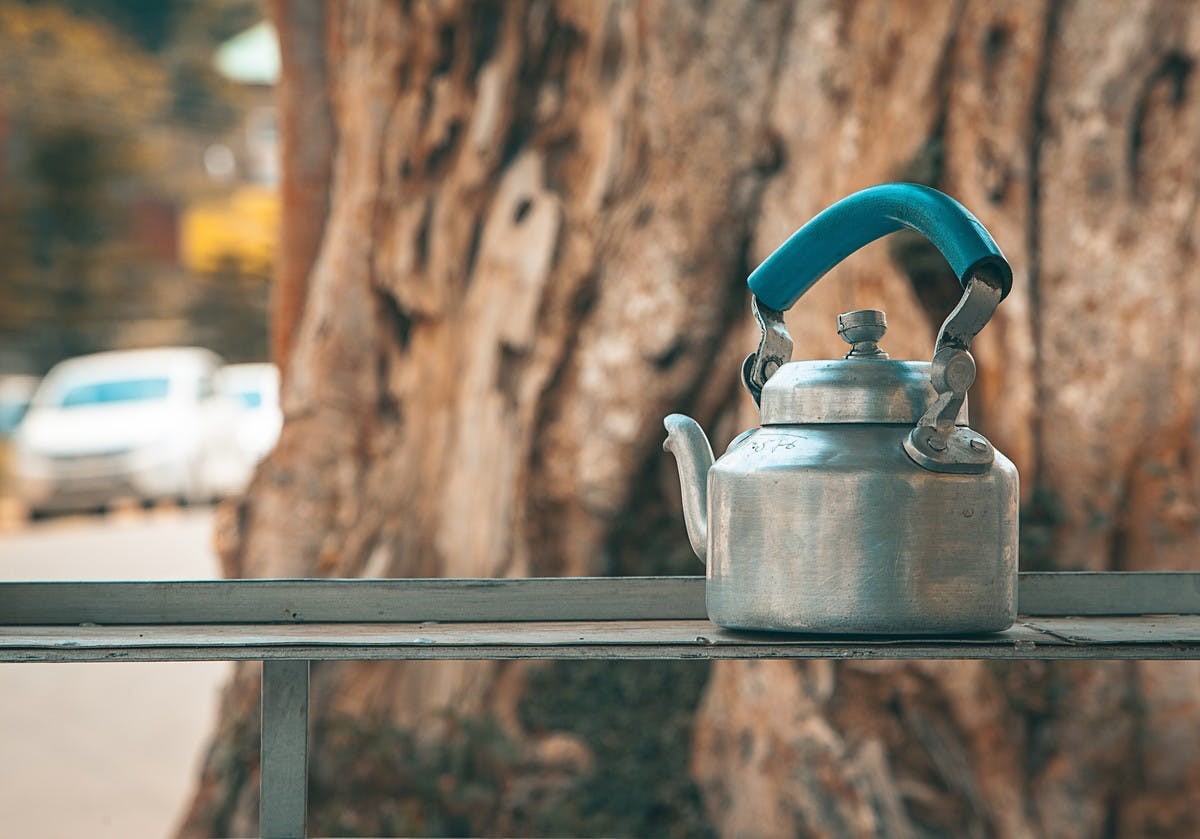
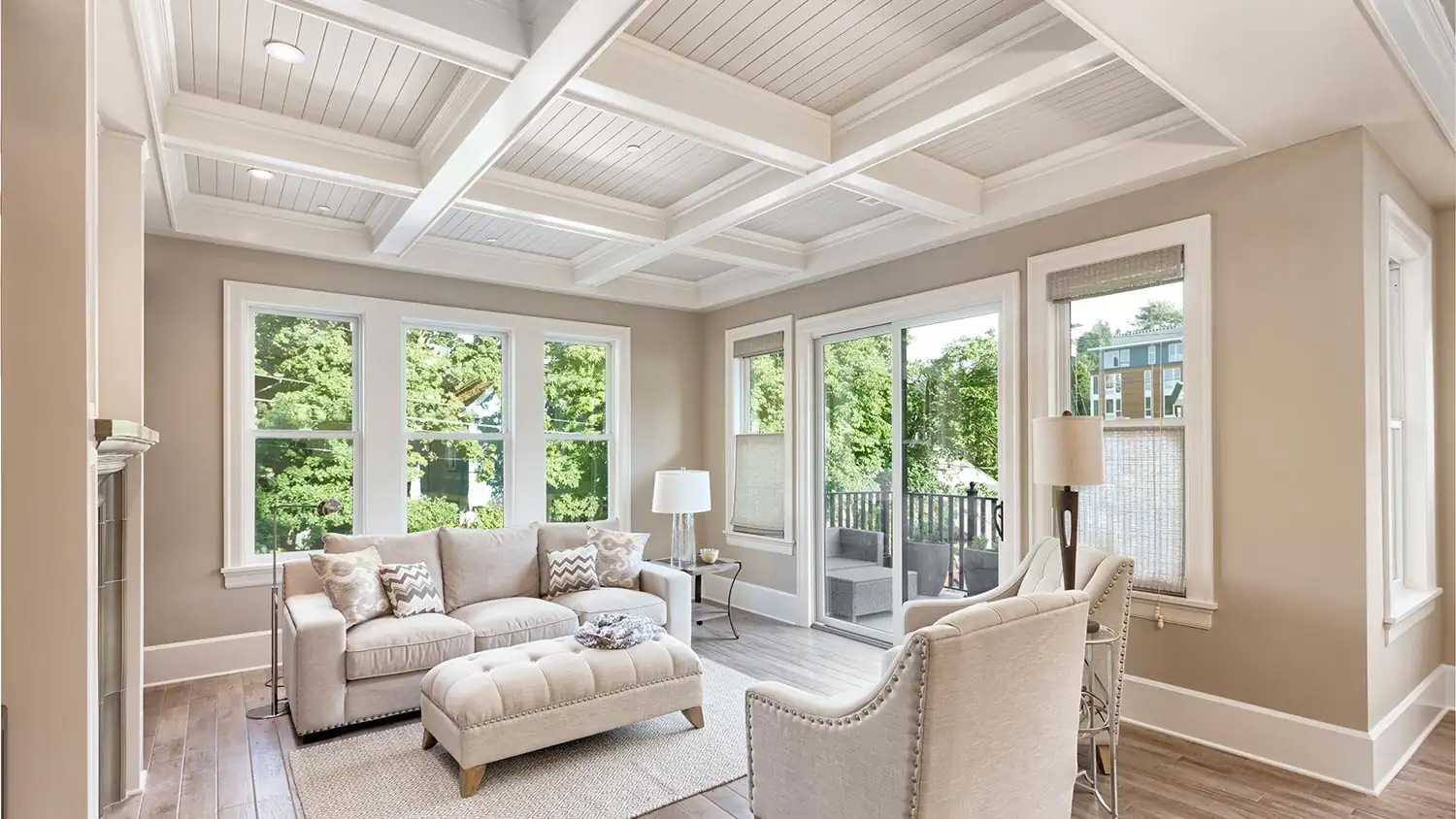
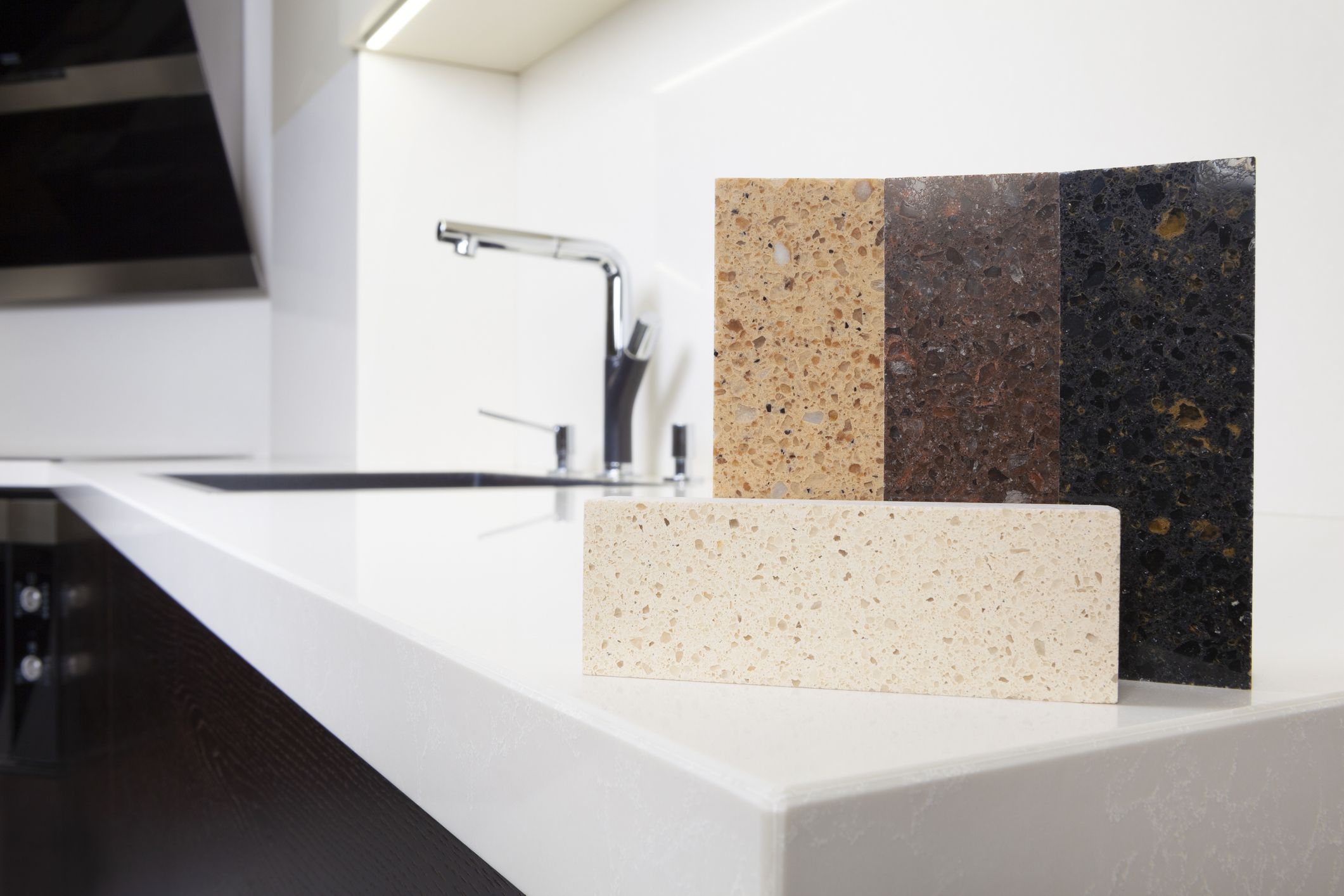

0 thoughts on “What Are Old Mirrors Made Of”